EV Charging Cables
Last Updated: 15th May 2024 By Finn Peacock, Chartered Electrical Engineer
An EV charging cable is essential for connecting your EV to a power source so you can recharge that big battery.
If charging at home, you can choose to buy a ‘tethered’ charger with the EV charging cable permanently attached, or you can buy an ‘untethered’ charger and buy the charging cable separately.
Public EV chargers are both tethered and untethered. If you want to maximise your charging options on road trips, I recommend carrying an EV charging in the boot so you can use the untethered ones.
This section explores the reasons to choose a tethered or untethered home EV charger, and will help you choose the EV charging right cable whether at charging at home or away.
- Tethered or untethered?
- Type 2 to Type 2 Cables
- EV charger cable length
- Cost of EV charger cables
- EV charger cable adaptors
Tethered or untethered
What is the difference between tethered and untethered EV chargers? The cable on a tethered charger has a fixed-length. This cable connects permanently to the charger. An untethered charger comes without a cable and requires you to buy one separately.
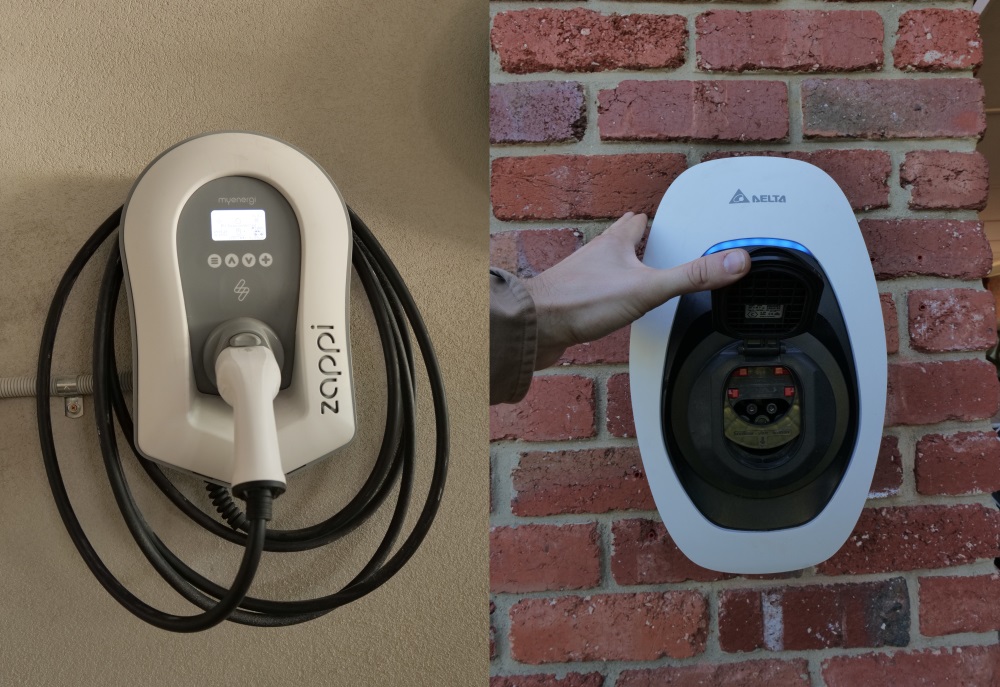
Let’s look at why you may choose one over the other:
| Feature | Untethered Charger | Tethered Charger |
|---|---|---|
| Flexibility | ✅Choose any length of charging cable depending on where and how you park relative to the charger. | ❌One fixed cable length, which may not suit all parking scenarios or multiple EVs. |
| Convenience | ❌Requires additional cable management, including plugging/unplugging both ends and storing separately. Requires a separate docking bay for the unused end, or you can just leave it hanging. | ✅Only one end to plug in (the vehicle), and easy to hang back or dock in the charger after use. |
| Cost | ❌Typically cheaper by $20-$50 for the EV charger unit, but requires purchasing a cable separately, adding $100-$200 to the overall cost. | ✅ It’s at least $150 cheaper to buy a tethered charger compared to untethered charger + cable. |
| Theft Concerns | ❌If the EV charger doesn’t lock the cable, scumbags can steal a $200 cable – unless you put it away after every charge. | ✅The cable cannot be easily stolen unless the thugs cut it off. |
| Maintenance | ✅If the cable fails, you can replace it yourself. (I’ve had 2 cables fail in 3 years) | ❌If the cable fails, a electrician is required to replace it legally. |
‘Type 2 to Type’ 2 EV Charging Cables
If your EV was imported to Australia after January 2020, it will almost certainly have a ‘Type 2’ socket. So any cable you buy needs a Type 2 Plug on one end.
All untethered EV chargers also have a ‘Type 2’ connection, so you’ll also need a Type 2 connector on the other end of the cable.
So, unless you have a vintage EV, you’ll need a ‘Type 2 to Type 2’ cable for charging with untethered chargers.
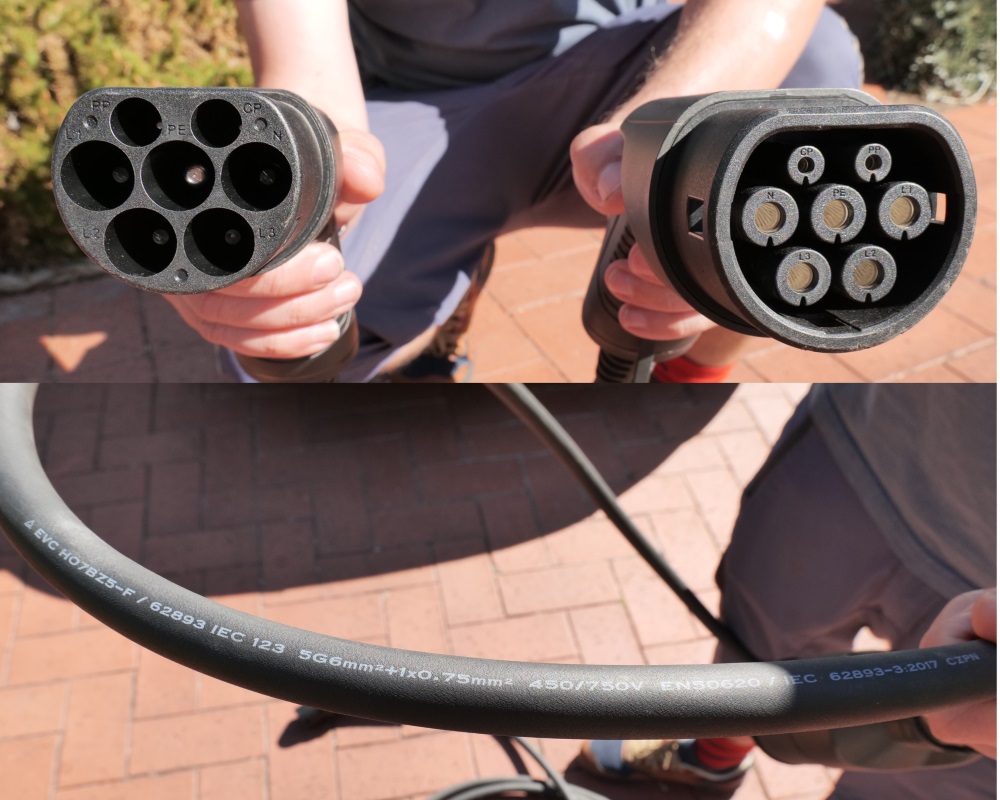
EV charger cable length
Tethered chargers typically come with cables that vary from 5 metres to 8 metres. For untethered chargers, the length of available cables starts at 5 meters and can extend over 10 meters. In Australia, there is no standard for charge port locations. Different EVs have their charge port in different locations on the car.
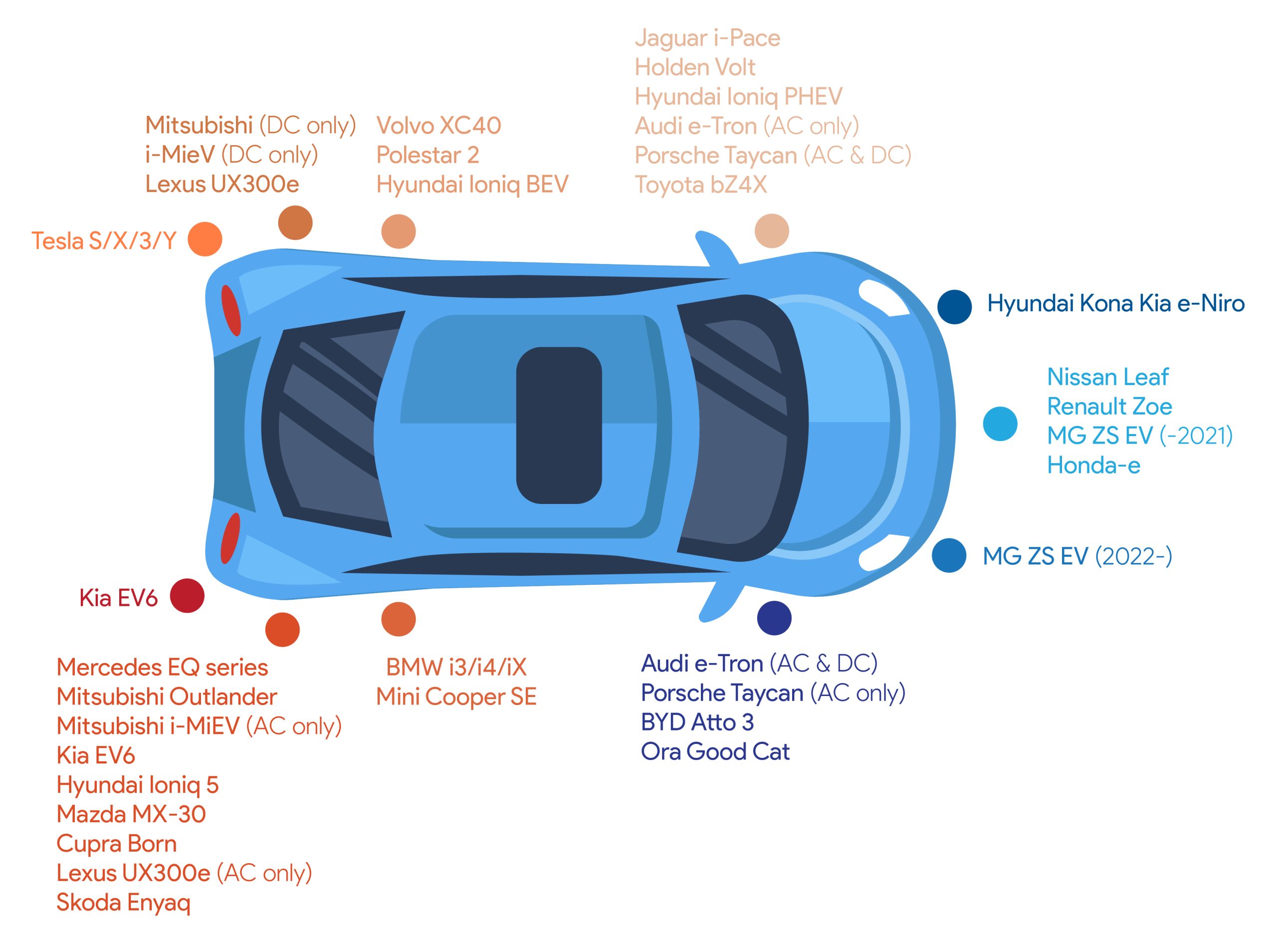
Where the charge port is on your car will influence the length of cable you need. Depending on how many cars you park in your driveway, opting for a longer cable gives you more flexibility to charge cars not right next to the charger.
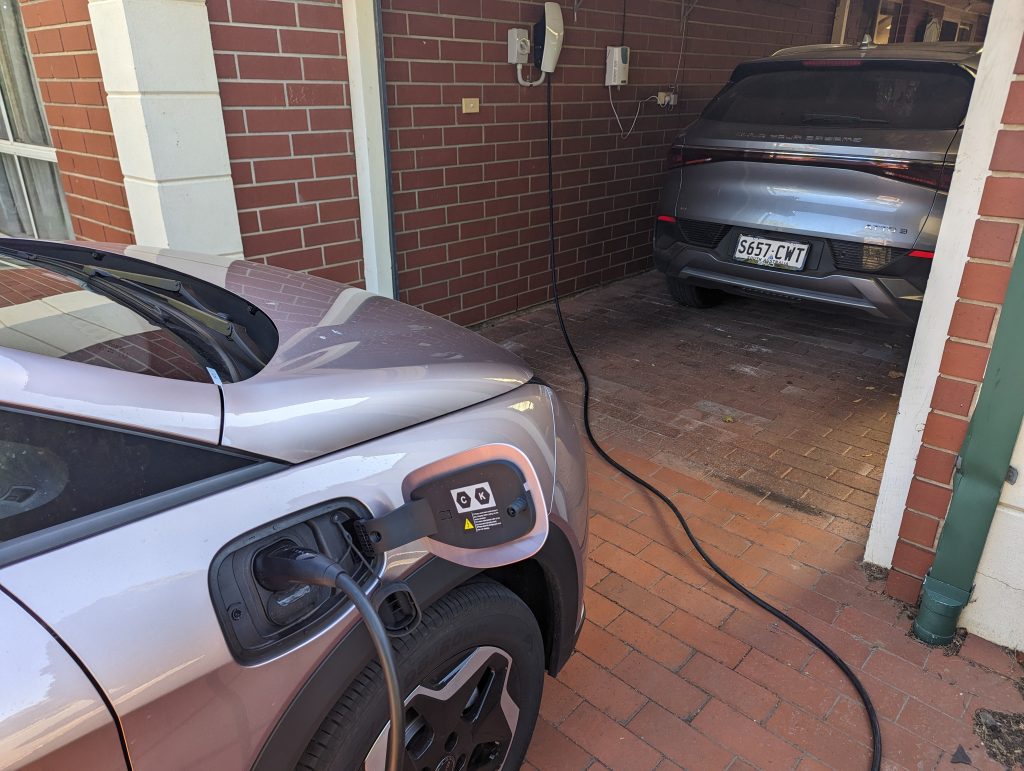
Cost of EV charger cables
A separately bought cable for an untethered charger will run about $150-$350. The longer, the more expensive.
Pro-Tip: When buying a Type 2 to Type 2 cable, always pay about $20 more for a 22kW 3-phase cable so you can charge at full speed on 3-phase Level 2 public chargers.
EV charger cable adaptors
Converting a Type 2 Plug to a Type 1 Socket
Some pre 2020 EVs still have a Type 1 socket.
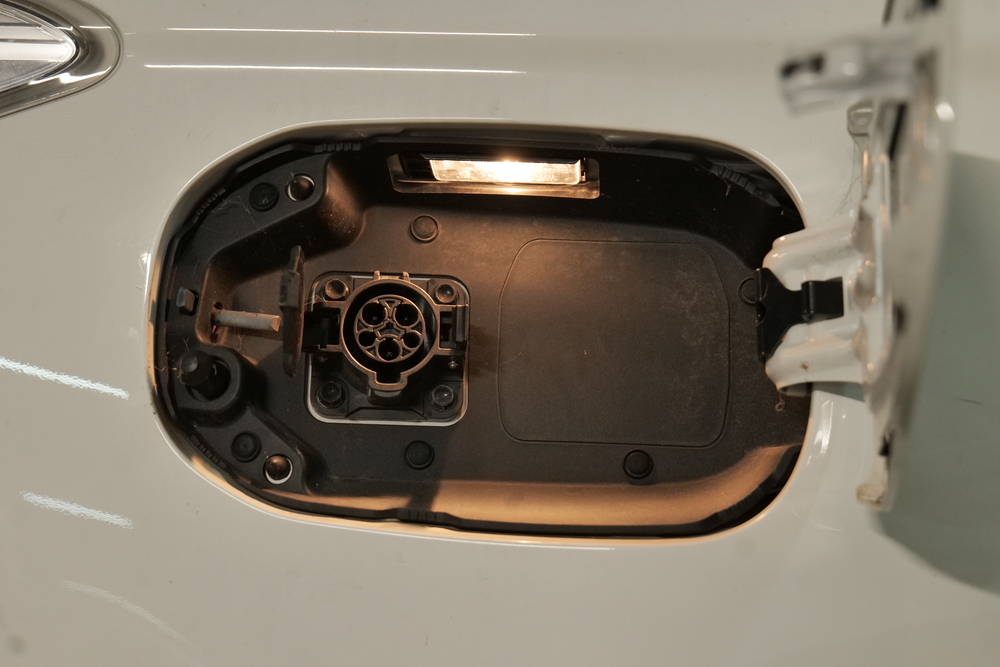
If your car only takes a Type 1 plug, you will need a Type 2 – Type 1 adaptor (green) on the end of a Type 2 cable (yellow):
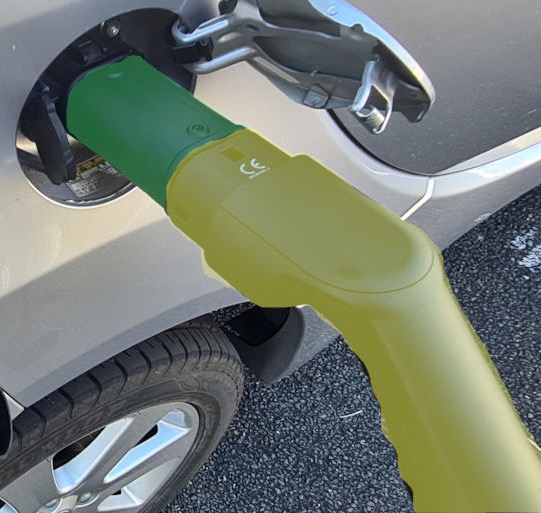
Converting a Type 1 Plug to a Type 2 Socket
Most newer EVs have a Type 2 socket. But occasionally, you might have to use an older charger with only a Type 1 plug.
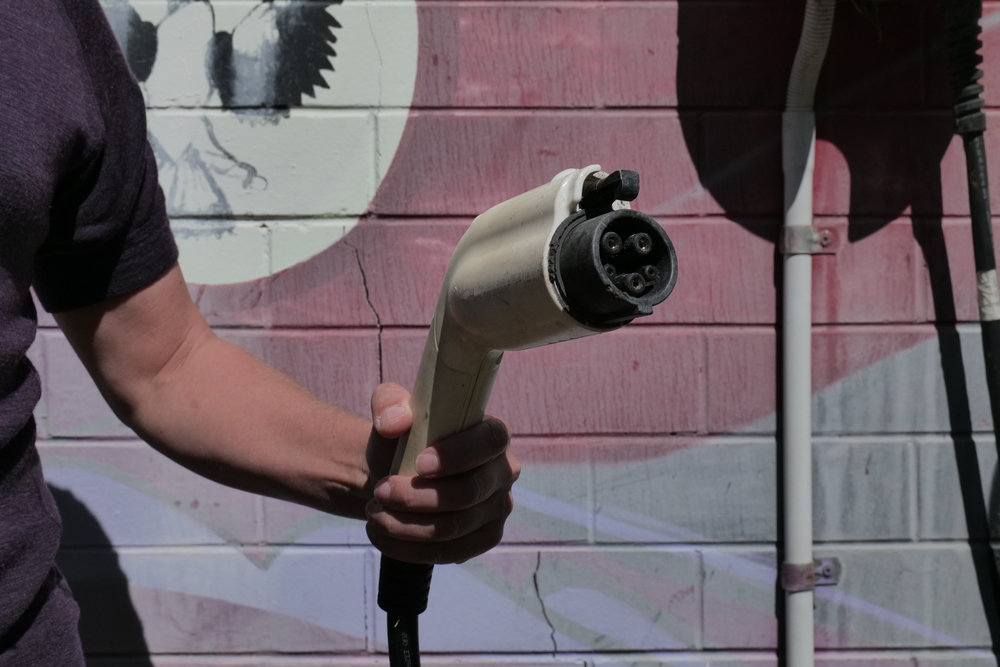
In this case, you will need a Type 1 – Type 2 adaptor to charge your car.
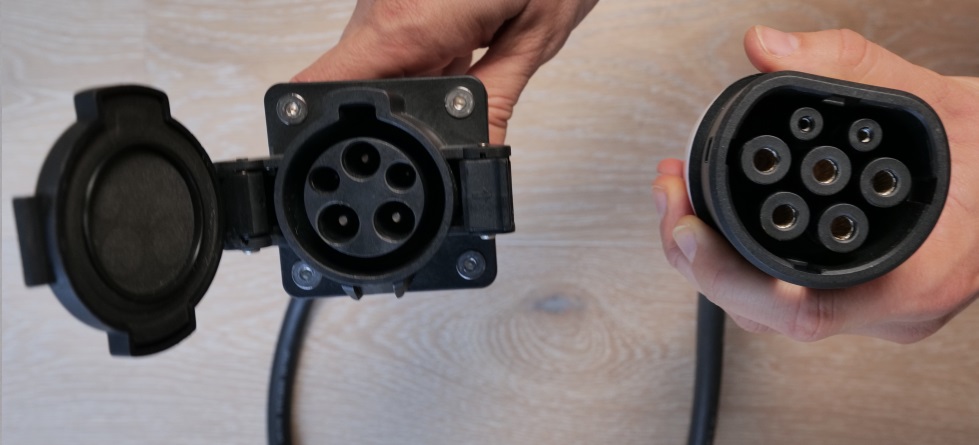
Summary
If you buy a tethered EV charger, you don’t need to buy a separate EV charger cable to charge at home.
If you have an untethered charger, you need a separate cable. The main advantage is that you can choose a longer cable, and if the cable fails, you can replace it easily.
But I’d recommend every EV driver has a ‘Type 2 to Type 2 ‘cable in the boot to charge from commonly found untethered public EV charging stations.